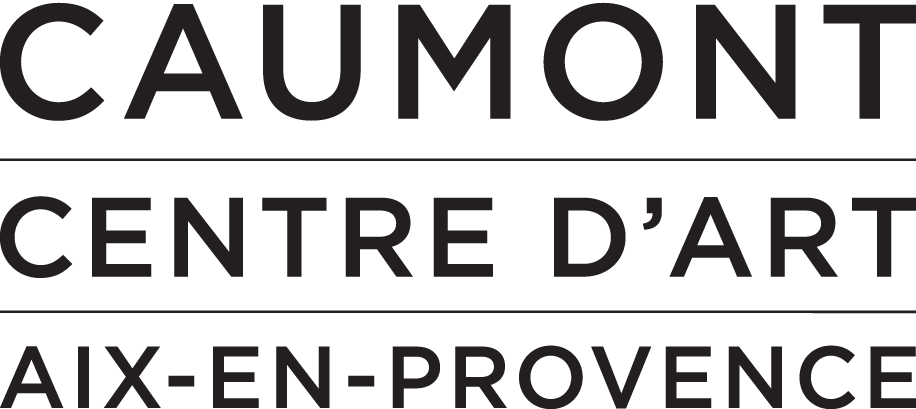Picasso's colorful portrait
For children aged 4 to 8
 In the portrait of Marie-Thérèse Walter, the curvilinear contours and brightly colored flat tints mark a radical renewal in Picasso's painting. The simplified outline of her profile became Picasso's emblem for his subject. He was interested in Surrealist research on dreams as a gateway to the subconscious, and the bright, cheerful colors he chose for this portrait may represent dream imagery. Budding artists will create a colorful portrait. Using felt-tip pens, colored pencils and watercolors, and respecting the law of simultaneous contrasts, they will color a portrait of a woman in Picasso's style.
In the portrait of Marie-Thérèse Walter, the curvilinear contours and brightly colored flat tints mark a radical renewal in Picasso's painting. The simplified outline of her profile became Picasso's emblem for his subject. He was interested in Surrealist research on dreams as a gateway to the subconscious, and the bright, cheerful colors he chose for this portrait may represent dream imagery. Budding artists will create a colorful portrait. Using felt-tip pens, colored pencils and watercolors, and respecting the law of simultaneous contrasts, they will color a portrait of a woman in Picasso's style.
Material required
- coloring to print
- felt pens, coloured pencils or watercolour pencils with 1 brush

Steps
Step 1: The history of the color wheel
The color wheel is made up of 3 primary colors: blue, red and yellow. From the 3 primary colors, we obtain 3 secondary colors: violet (red+blue), green (blue+yellow) and orange (yellow+red). In the portrait of Marie-Thérèse Walter, artist Pablo Picasso likes to contrast primary and secondary colors to illuminate his compositions. Blue is opposed to orange, red to green and yellow to violet.

Step 2: choice of colors
Choose the colors in your drawing by contrasting primary and secondary colors. For example, if you choose to color the hair yellow, the face will be purple. If the sofa is green, the stripes will be red.

Step 3: Color the portrait of a woman in Picasso's style
Use the brush if you've chosen watercolour pencils.

Your masterpiece is finished!

